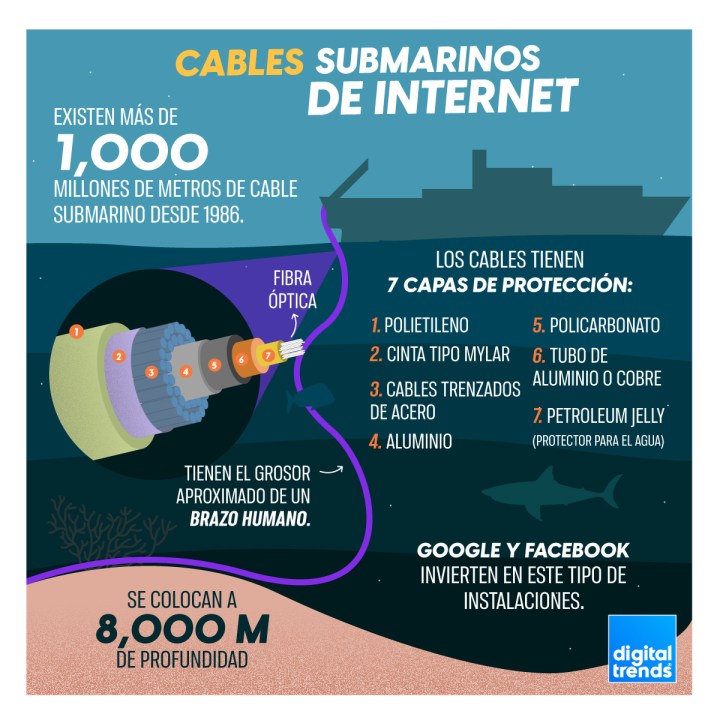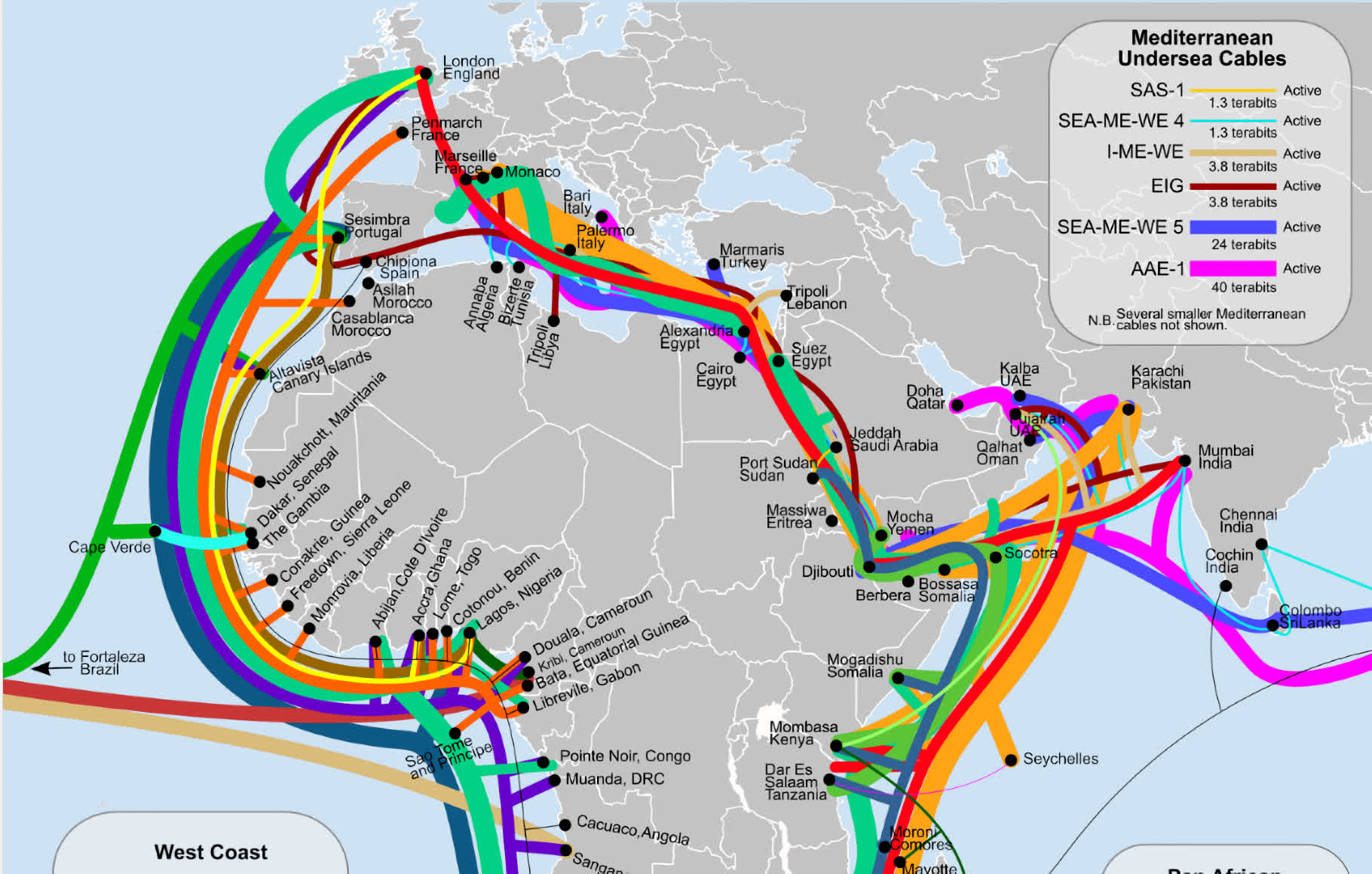Most average users have Wi-Fi or fiber optics, or some kind of connecting cable to access the world of the Internet, some do not know what its origin is.
And submarine cables are probably the most important player in communications today; it is estimated that 90 percent of the data transmitted over the Internet is carried by submarine cable.
Companies like Google, for example, are undertaking massive engineering projects to lay cables that connect distant land masses across oceans.

But, What happens if these cables are cut due to war or a major natural disaster?
Researchers from the United States, Iceland, Sweden and Switzerland are working with NATO create a system that automatically reroutes underwater Internet and data traffic to satellites if communications are interrupted by hostile action, natural disaster or accident.
NATO’s Apocalyptic Project
The organization’s Science for Peace and Security program approved a grant of up to $433,600 for the $2.5 million project, with research institutions contributing their own money, according to documents seen by Bloomberg.
Eyup Kuntay Turmus, a NATO adviser and program director, said the project would begin “very soon.” However, researchers will spend two years testing prototypes and learning “very complex” international rules and laws before a working operating system is created.
It will be officially launched at Cornell University in New York in late July 2024.

The effort involves U.S. company Viasat Inc., whose satellite internet system was hacked on the day of Russia’s invasion of Ukraine. The project also involves space technology company Sierra Space Corp. and Icelandic cybersecurity company Syndis.
The main goal of the program is to detect changes in submarine cables and automate the reassignment of data to other cables or a satellite if anomalies are detected. Currently, submarine cable TV companies have the ability to detect disruptions in their network with an accuracy of up to a kilometer, but the researchers are aiming to reduce this distance to one meter.
In addition to protecting the reliability of its communications, NATO must also be concerned about the security and integrity of these undersea cables.
Source: Digital Trends
I am Garth Carter and I work at Gadget Onus. I have specialized in writing for the Hot News section, focusing on topics that are trending and highly relevant to readers. My passion is to present news stories accurately, in an engaging manner that captures the attention of my audience.











